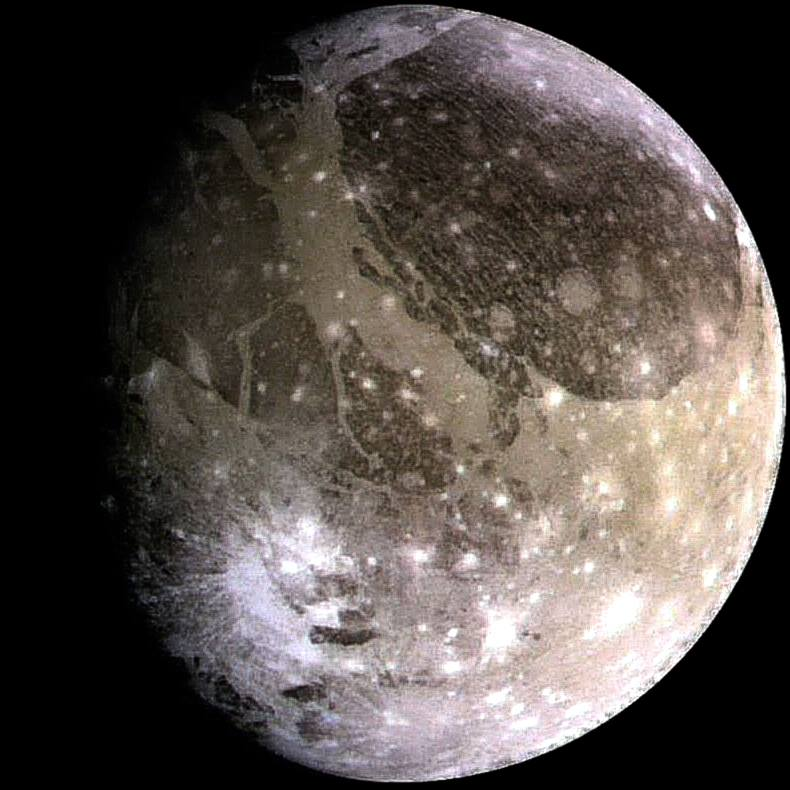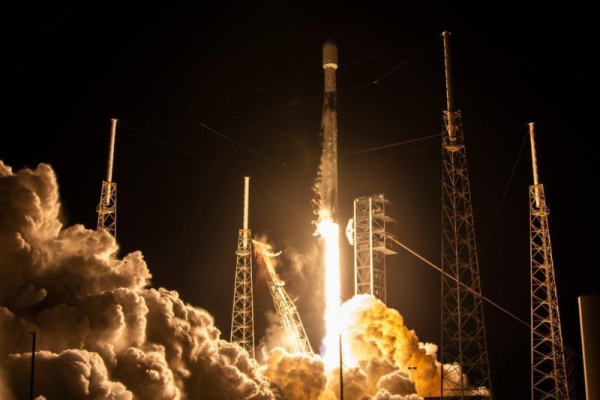In late 2020, China’s Chang’e 5 spacecraft delivered 1.73 kilograms of lunar soil to Earth. The samples were taken from the Ocean of Storms, the largest lunar sea 2,500 kilometres long. The area is irregularly shaped and is a plain that is filled with solidified basalt lava. For more than six months, Chinese scientists have been studying the collected material and have recently finally revealed what interesting things they have been able to find out. It turned out that the mined lunar soil is about 2 billion years old, that is, it is older than the material that was collected by the American Apollo missions in the 1970s. The main thing the Chinese researchers learned was that volcanic activity on the Moon lasted much longer than previously thought.

Lunar seas are the largest landform details of the Earth’s satellite. They appear as huge dark patches in the images, so it’s easy to spot them. These formations are covered in volcanic rock, basalt. They are called seas because, in 1652, lunar chart makers Giovanni Riccioli and Francesco Grimaldi thought the ‘patches’ were filled with water.
Progress of the Chang’e 5 mission
The Chang’e-5 is the first Chinese spacecraft to be able to fly to and from the moon. It was launched in late November 2020 and returned in December. It is the first device in 45 years that has been able to extract lunar soil and deliver it to Earth. Previously, only US and Soviet-made vehicles had been able to do this – we told you more about how and how many times humans landed on the moon in the 1970s in this story. The Chang’e 5 made China the third country in history to collect Moon soil. It used a drill and a special manipulator to collect samples.
Lunar soil extracted by Chinese scientists
According to Spase.com and many other foreign publications, the samples collected by the Chang’e-5 vehicle are very diverse. About 90% of them are pure lunar regolith and the remaining 10% are particles of meteorites falling on the Moon, silica, vitrified fragments of volcanic origin, various minerals and so on.
Scientists are most interested in two small pieces of soil, each a few millimeters in size. They are samples of basaltic lava, which proves that once upon a time the Moon was a volcanically active object. According to planetary scientist Brad Jolliff, Chinese researchers have managed to obtain the perfect samples to fill the gaps in their knowledge of the history of the formation of Earth’s satellite and the solar system. The samples collected are 2 billion years old – older than those from the Apollo missions. This means that the Moon has been volcanically active for much longer than previously thought. But why the volcanic activity was so long, scientists do not yet know.
Why are scientists studying the lunar craters?
Also, the samples found may help scientists study distant planets that current spacecraft cannot reach. Researchers Brad Jolliffe explained that planetologists already know that the more craters on the surface of a space object, the greater its age. For now, scientists want to combine their knowledge of the age of materials collected from the Chang’e 5 missions and all the Apollo missions. They will pay attention to how many craters there are at their collection site – with this knowledge, in the future scientists will be able to determine the most accurate age of space objects simply by counting the number of craters on their surface.
I have already written an in-depth article on craters on the Moon and their importance to science. Currently, scientists know about the existence of 109 000 craters, which differ from each other not only in shape but also in age. Craters range in size from 1 to 100 kilometres, but some of them are 550-metre giants. By studying the craters on the surface of the Moon, scientists may in the future be able to find answers to questions about the origin of the solar system.




